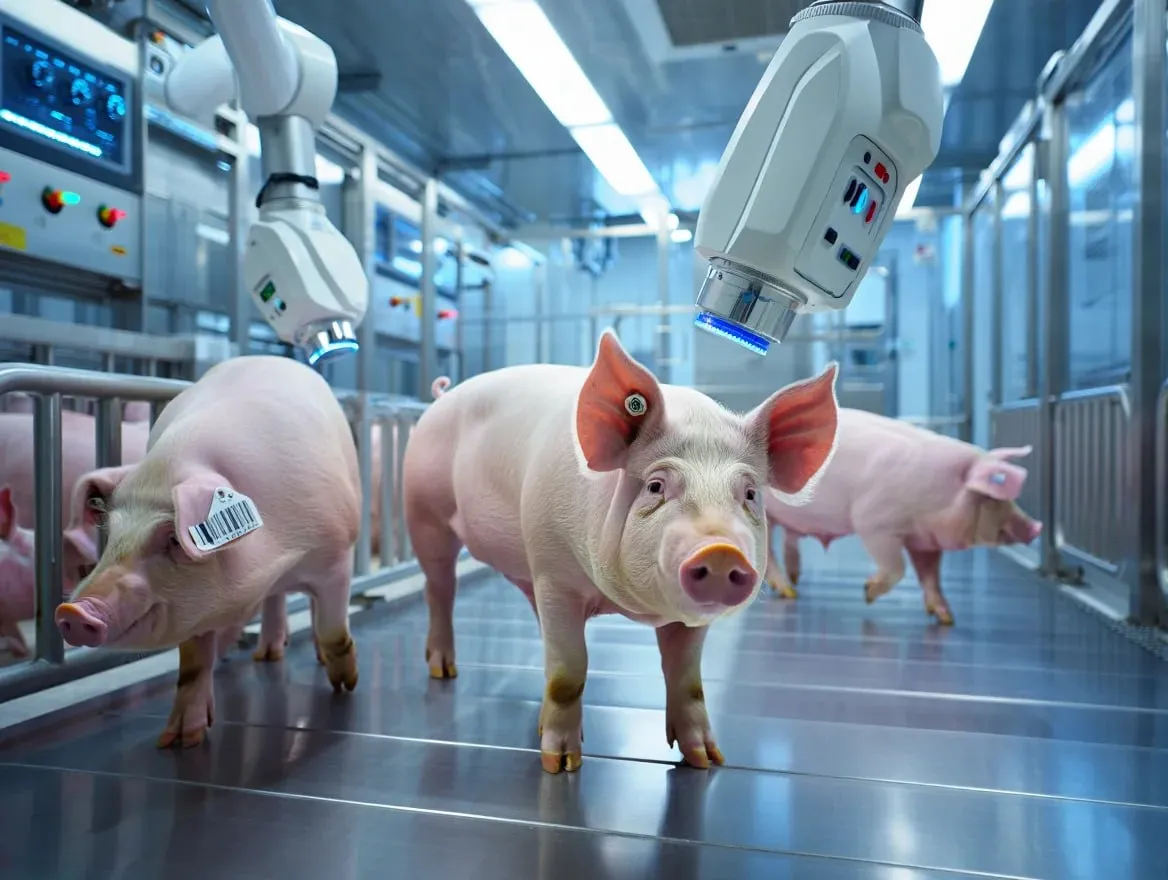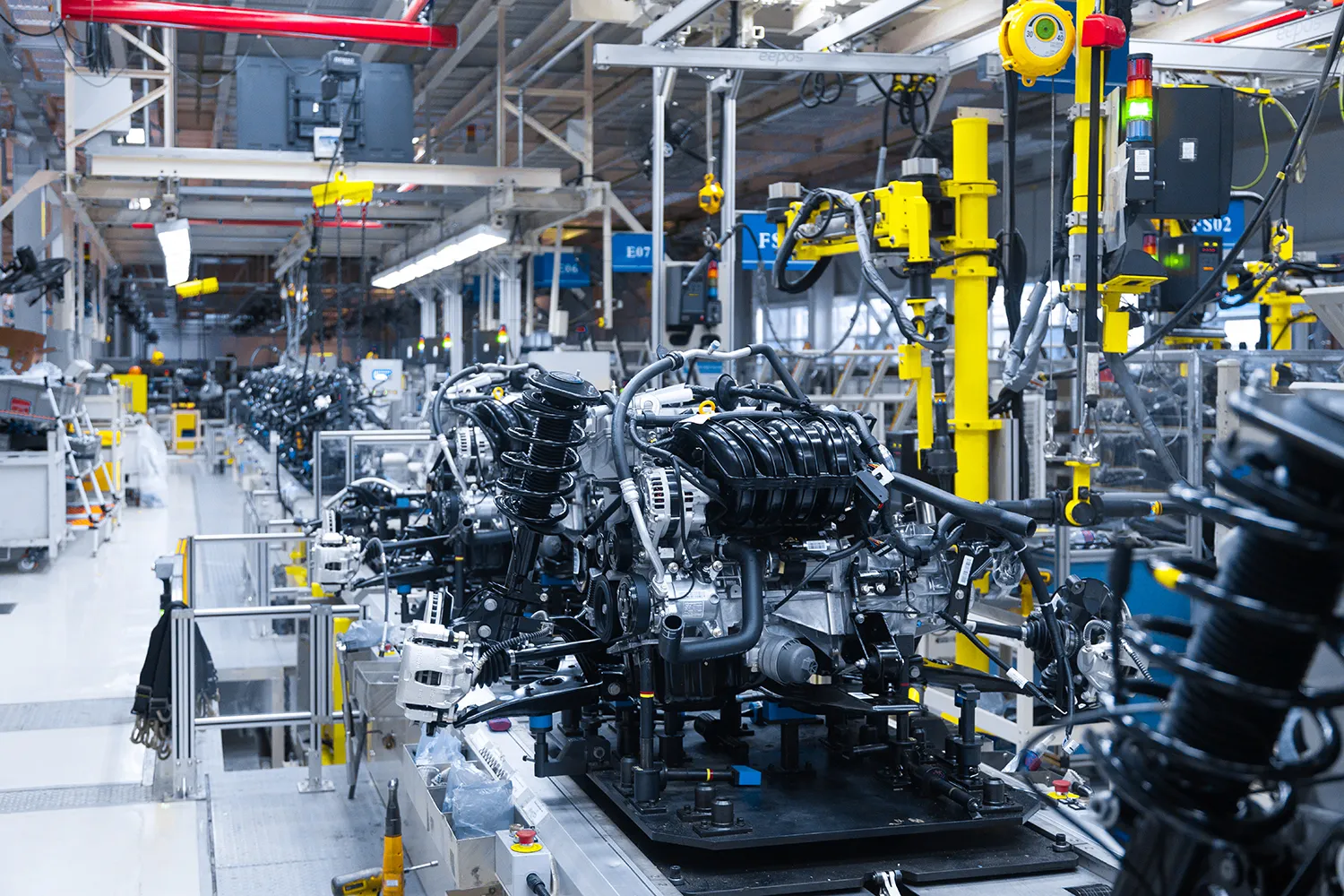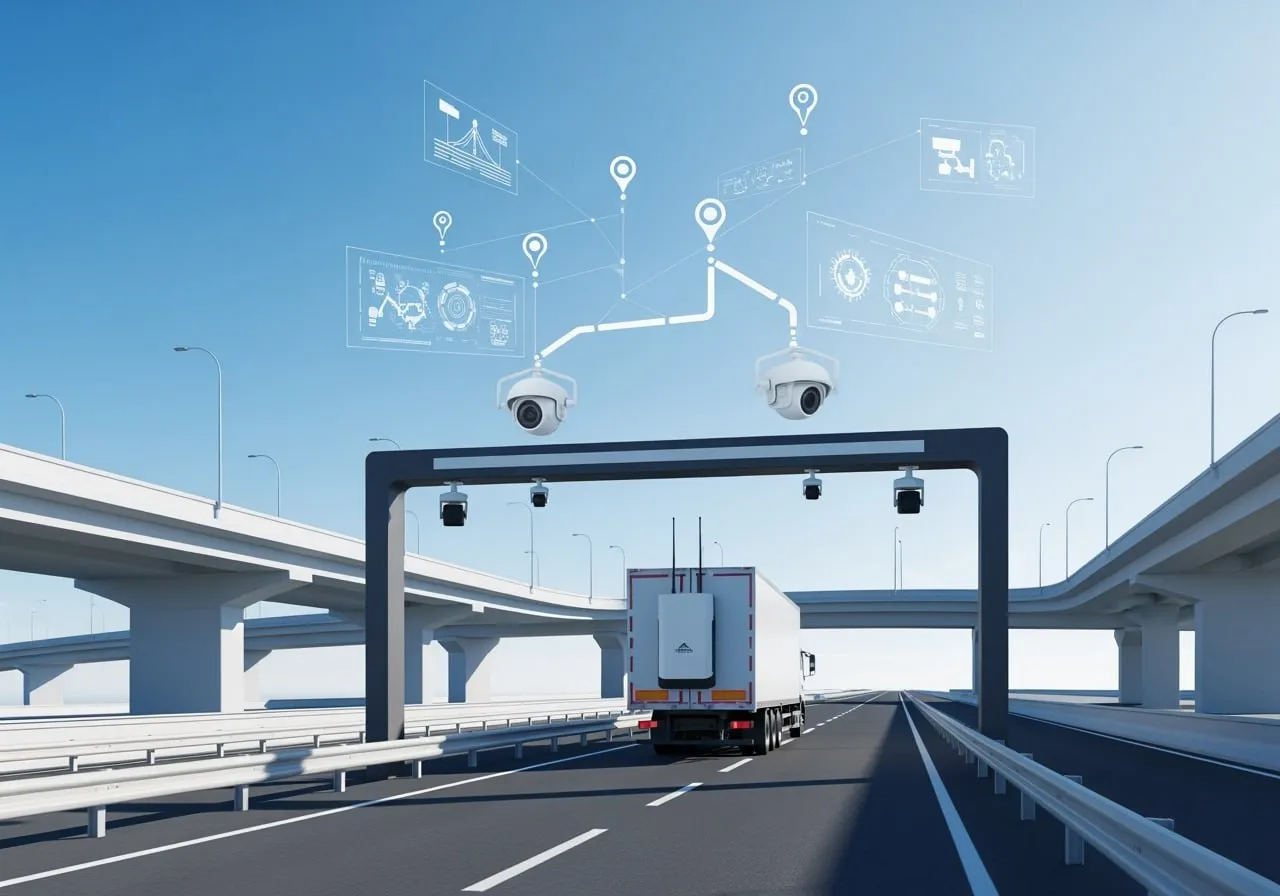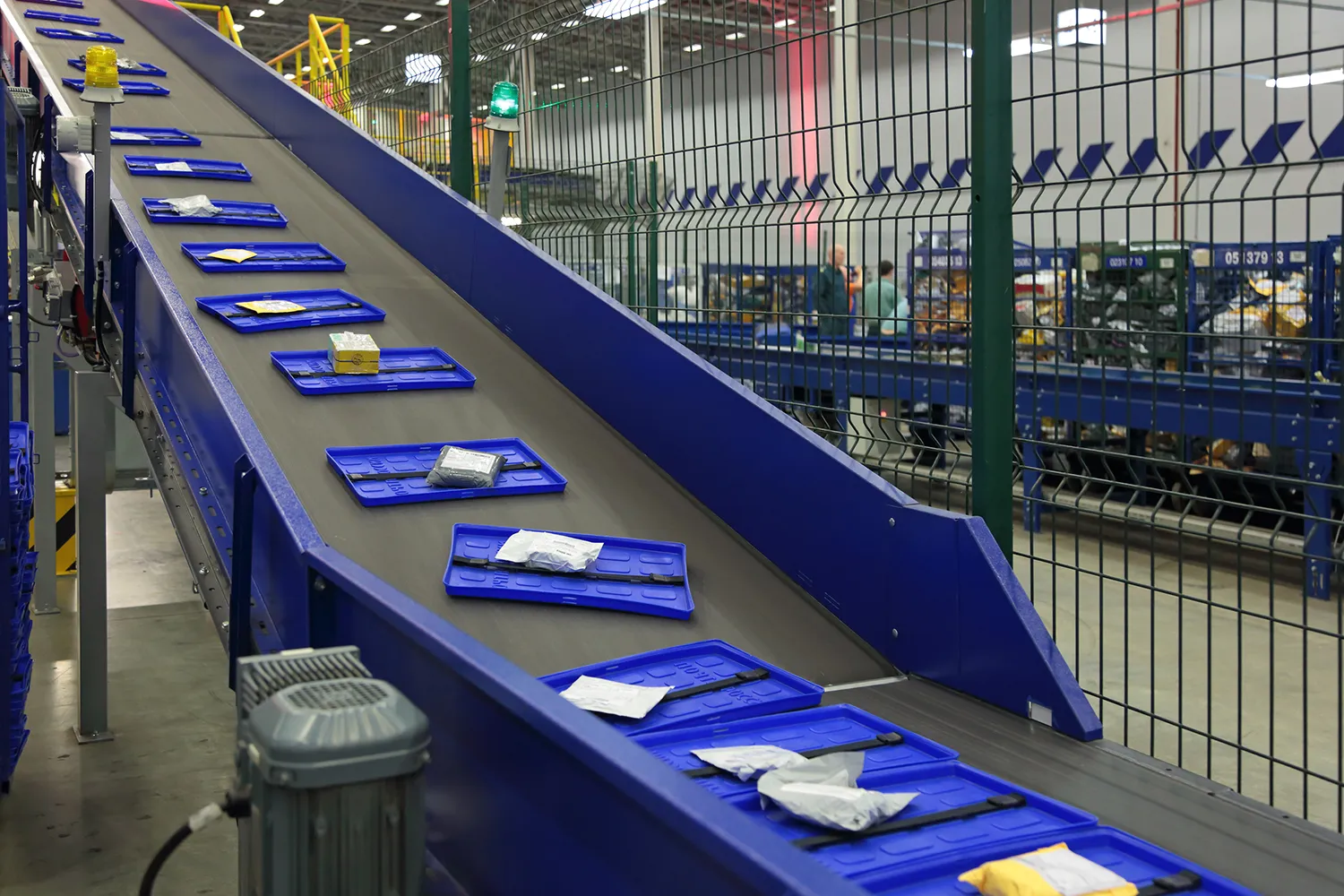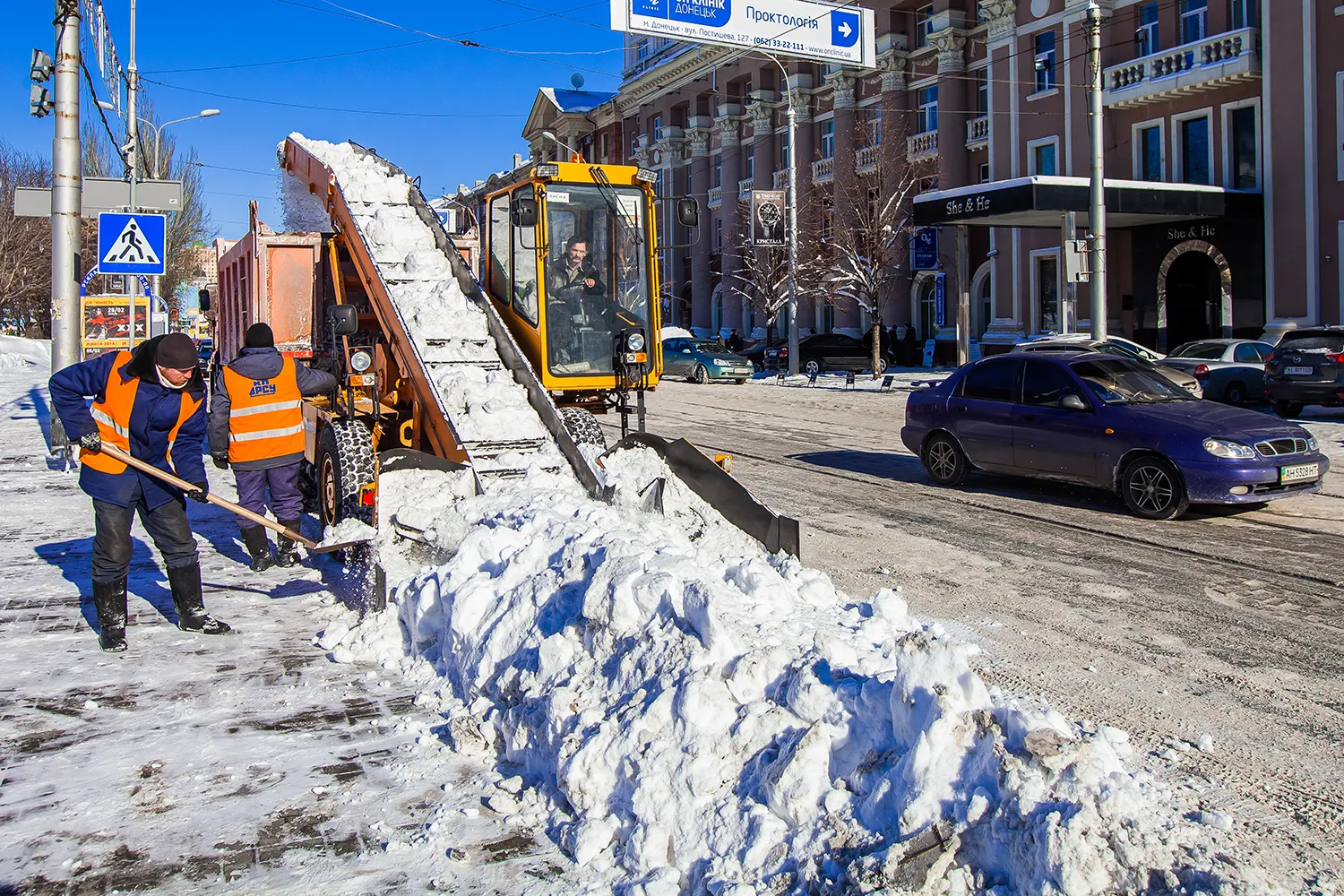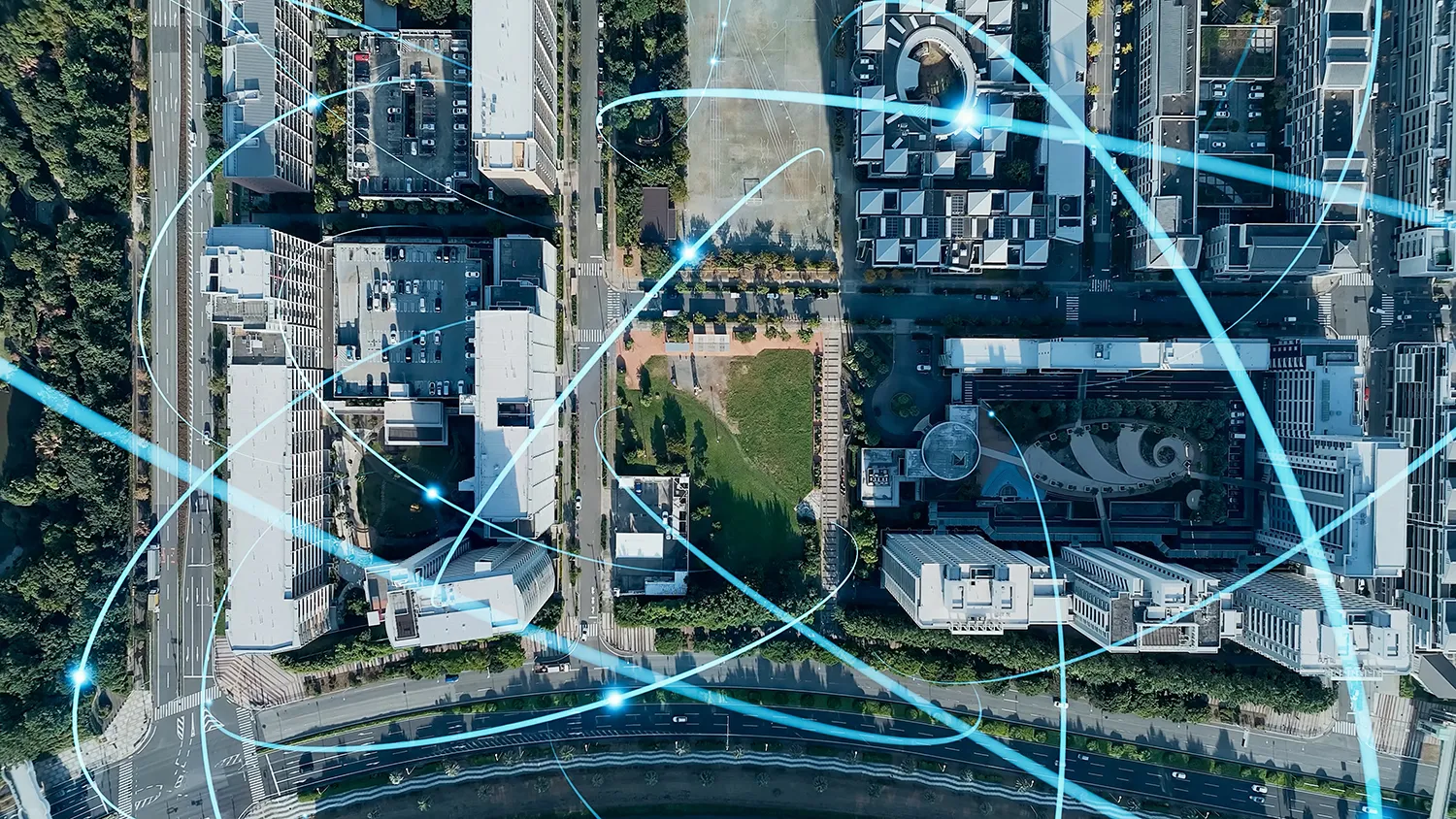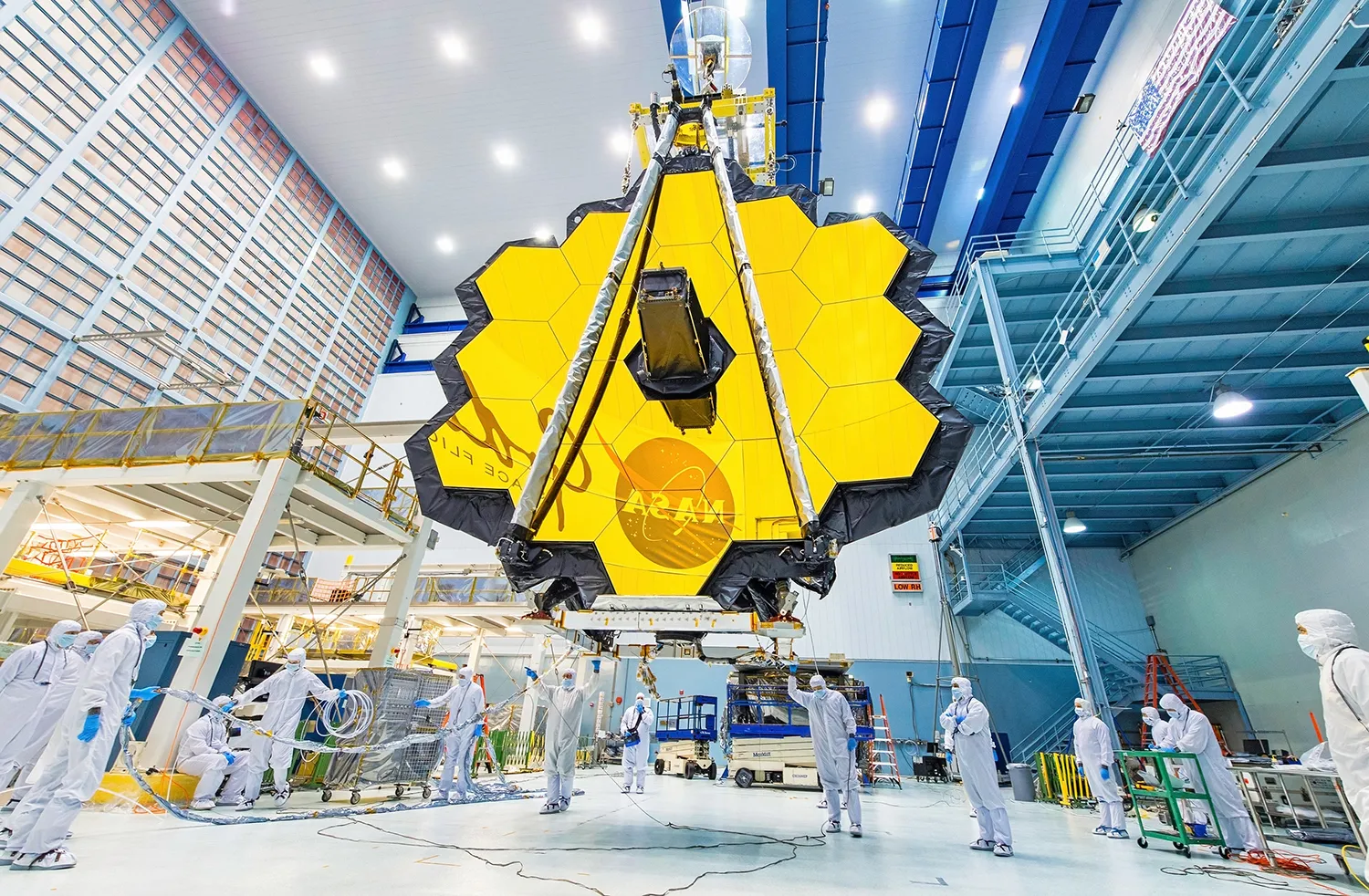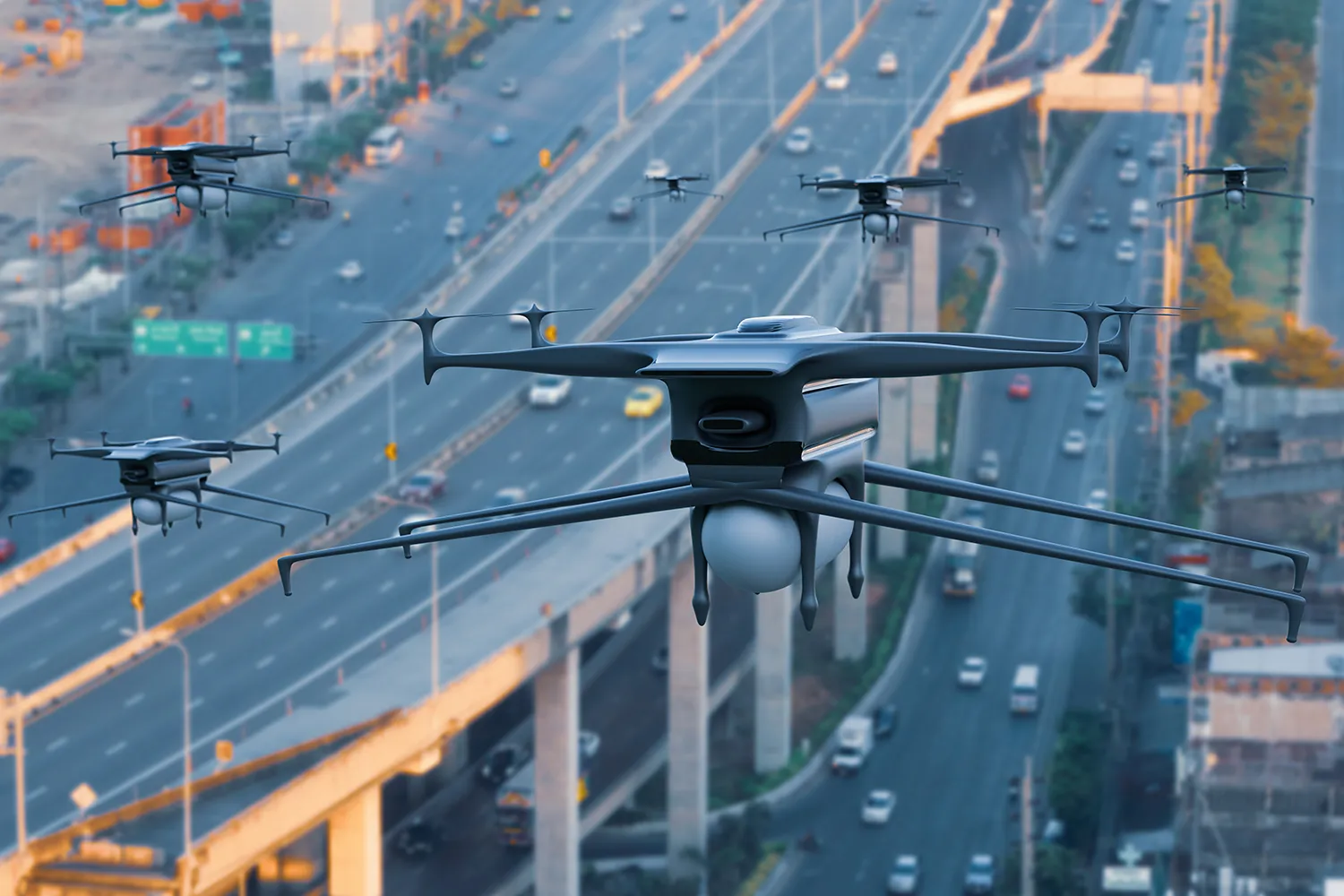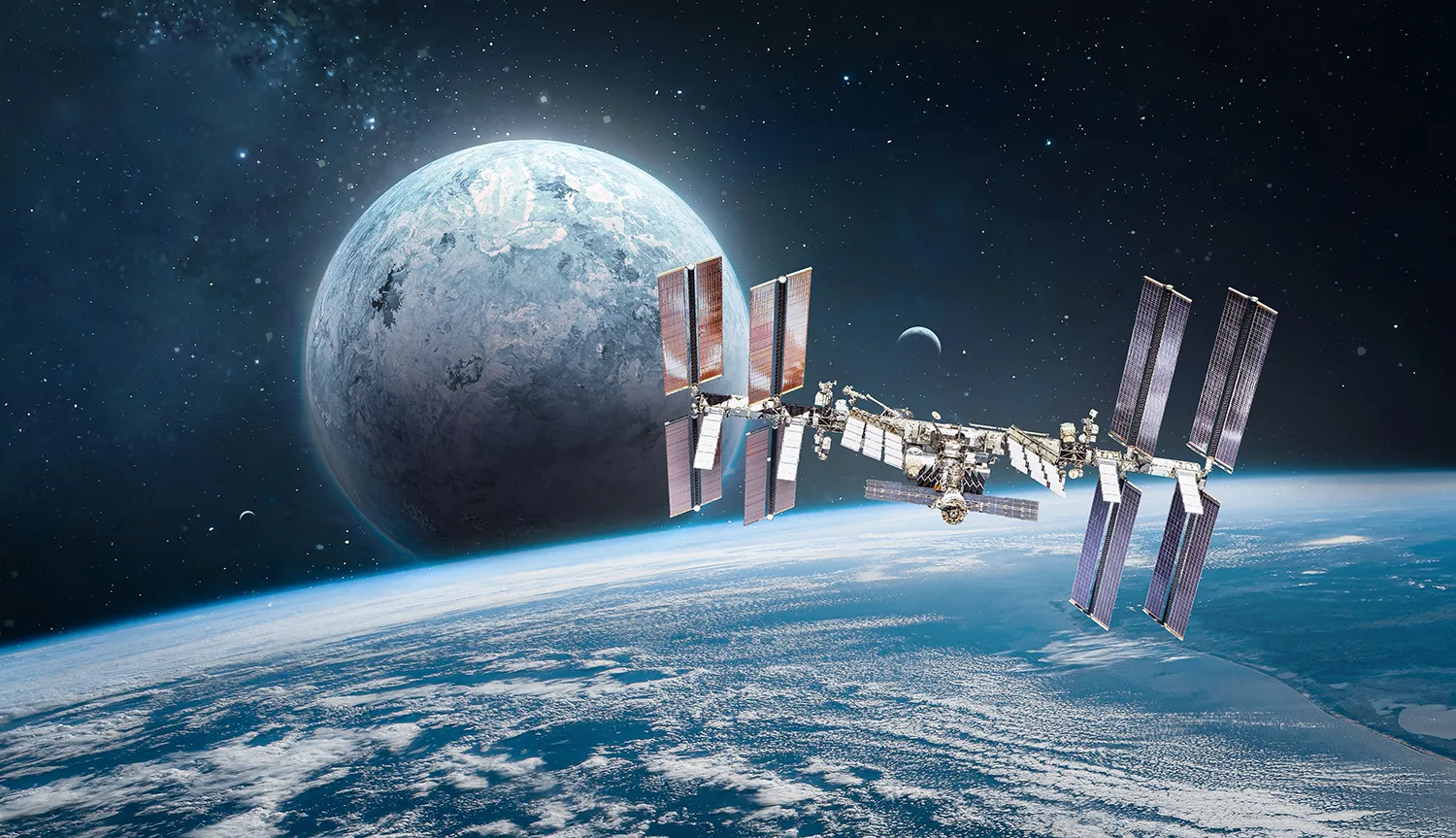The Future Is Autonomous

Autonomous vehicles are already navigating Russian highways, with projections suggesting over 1,700 units on the road by 2030. From cargo to potential passenger mobility, the country is laying the groundwork for a digital transportation future.
Focus on Driverless Technology
Autonomous vehicles are being tested and actively used on key highways such as the M-11 Neva, M-12, and the Central Ring Road (CKAD). These projects have become essential milestones in building a sustainable autonomous transportation ecosystem for both cargo and potential passenger applications.
Leading players in this field include Yandex, SberAuto, Wildberries, KamAZ, and Navio, each developing their own autonomous driving systems. The involvement of such major entities highlights the technological maturity and competitiveness of Russian solutions.
The benefits are clear: improved road safety through reduction of human error, optimized logistics and reduced delivery costs, and enhanced mobility for remote regions lacking public transport access.
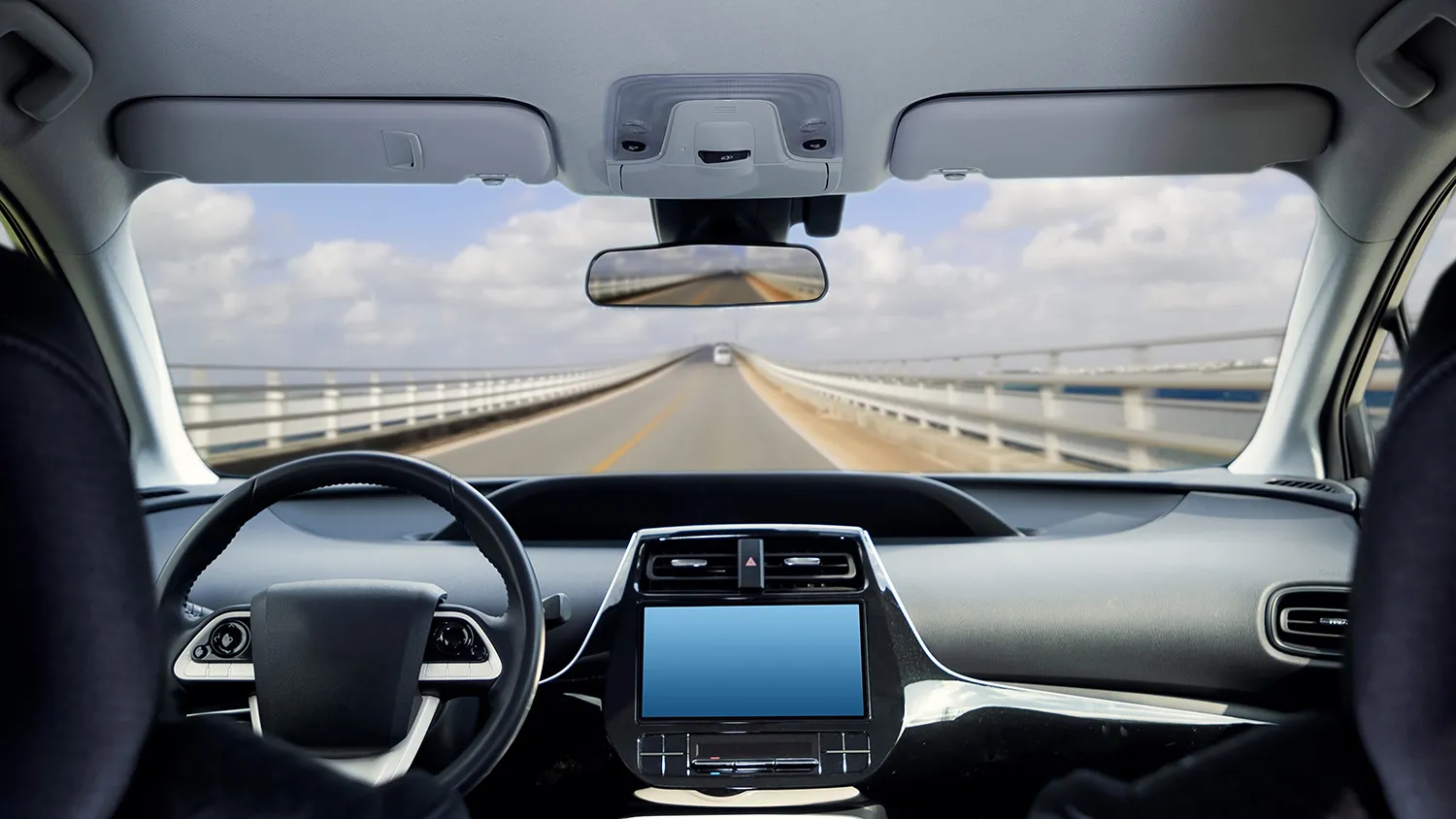
Scaling Up and Reaching Out
Russia is preparing for the large-scale deployment of autonomous transport. A comprehensive ecosystem is forming, encompassing driverless cars, drones, trains, and ships. A strategic roadmap through 2028 and a law regulating automation levels and dispatch standards are expected by the end of 2025.
According to Konstantin Yakovlev, Director of Autonomous Technology at Yandex, Russia has the potential to become a global leader in autonomous mobility.
Russian AV technologies are gaining international interest, particularly in developing regions such as Asia, Africa, and Latin America. With compatibility to SAE L4–L5 automation standards, Russian developers are well-positioned to contribute to global standardization efforts.
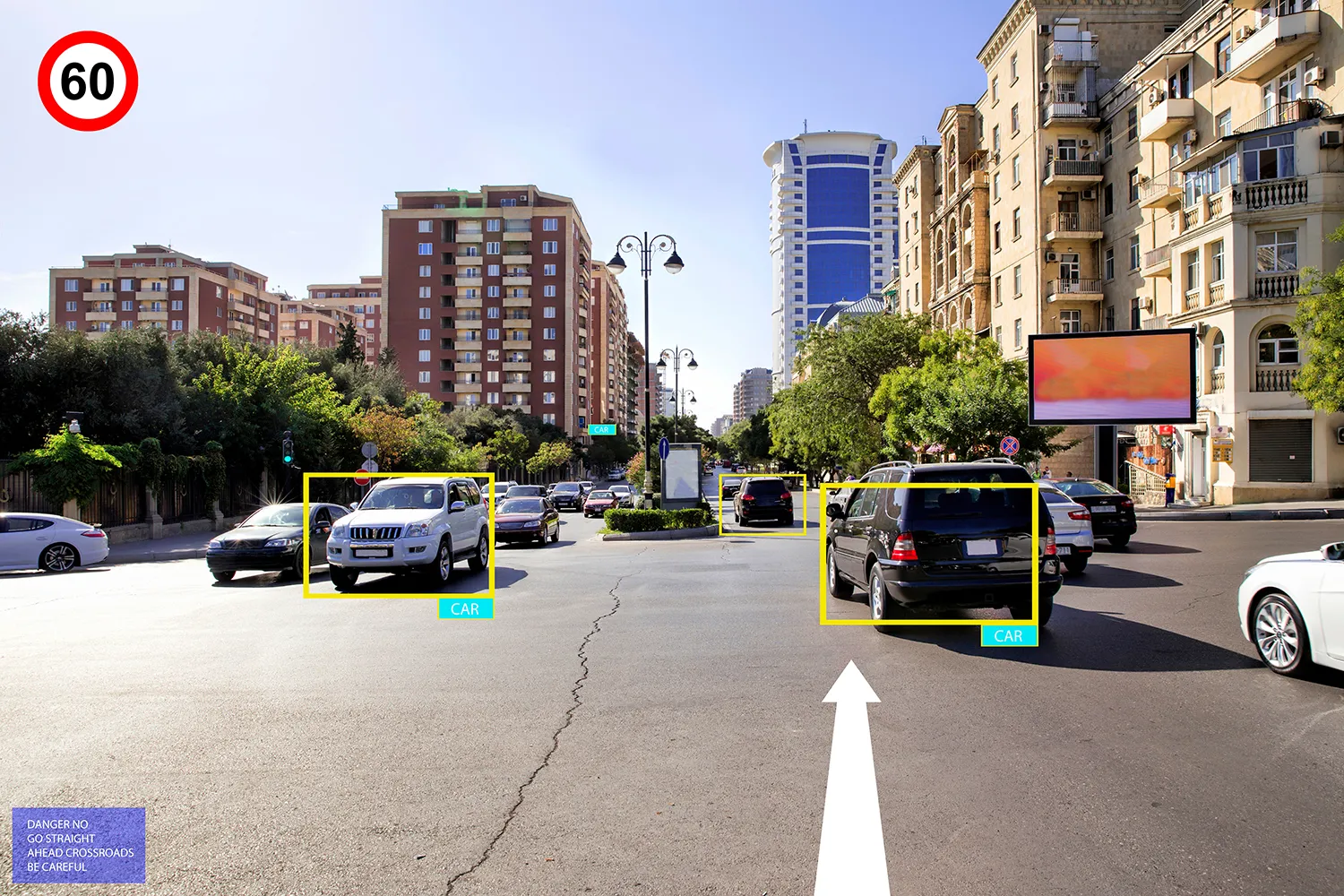
Early Deployments
Russia's foray into autonomous transport began in 2018 with pilot programs by Yandex and Cognitive Technologies (KamAZ). By 2020, official testing on public roads was legalized.
Between 2021 and 2023, these technologies transitioned from trial to commercial use. Autonomous trucks were launched on M-11 in 2023, and by 2025, Navio's L5 truck model will be tested on CKAD.
In 2024, regulatory groundwork intensified, with the development of national standards (GOST) and legislative frameworks. This year also saw major announcements from Yandex, SberAuto, Wildberries, and KamAZ, setting the pace for the next industry phase.
Projections and Economic Impact
Autonomous transport is a strategic priority for Russia, poised to catalyze the nation’s transportation infrastructure.
Yandex is creating a standalone autonomous division focused on commercializing self-driving cars and delivery robots for B2B use. Analysts estimate the sector’s potential to deliver up to 4.6 trillion rubles annually. However, profitability may take 3 to 5 years to achieve.
Mass deployment of driverless trucks is expected by 2027, with 1,700 autonomous vehicles on roads by 2030. Beyond that, cities will see the rise of self-driving taxis and scalable commercial services.
Key enablers include unified regulations, robust infrastructure, security standards, and building public trust.





